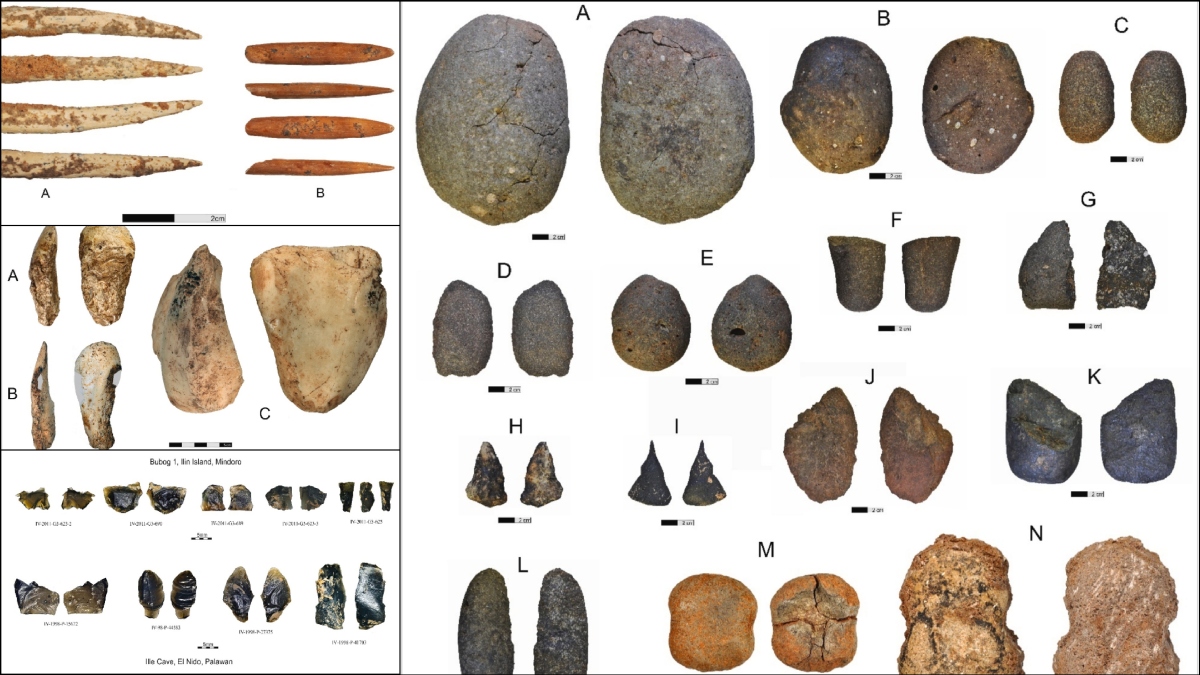Ateneo de Manila University researchers have uncovered strong evidence that the Philippine archipelago, especially Mindoro, played a central role in an ancient, technologically advanced maritime culture that existed more than 35,000 years ago.
The findings, revealed in a newly published study from the Mindoro Archaeology Project, suggest that the early inhabitants of the islands were not just early settlers—but also skilled seafarers and toolmakers with vast inter-island connections across Southeast Asia.
The research team, working alongside local and international experts, documented a range of archaeological discoveries in Ilin Island, San Jose, and Sta. Teresa in Occidental Mindoro. These include human remains, marine species such as sharks and bonito, and tools fashioned from stone, bone, and shells—some dating back over 30,000 years. Their presence indicates that early Homo sapiens had developed both the navigational skill and technology to cross seas, catch deep-water fish, and sustain themselves in a challenging maritime environment.
One of the most significant breakthroughs was the discovery of clam shell tools—specifically adzes made from Tridacna shells—dating back 7,000 to 9,000 years. These artifacts closely resemble tools found in distant parts of Island Southeast Asia and even as far as Papua New Guinea, pointing to early long-distance connections.
Another notable find was a 5,000-year-old human grave on Ilin Island, where the body was placed in a fetal position beneath limestone slabs. This burial style mirrors others found across Southeast Asia and indicates a shared belief system and growing social complexity among ancient island communities.
Lead author Dr. Alfred F. Pawlik of Ateneo’s Department of Sociology and Anthropology, along with co-authors Dr. Riczar B. Fuentes, Dr. Tanya Uldin, and Dr. Marie Grace Pamela G. Faylona, emphasized that the results challenge older views of the region as isolated. Instead, the evidence paints the Philippines as an early hub of innovation and exchange in a prehistoric maritime network.
By documenting advanced subsistence strategies and technological evolution over thousands of years, the project reshapes how scholars understand human migration, adaptation, and inter-island interaction in ancient Southeast Asia.






